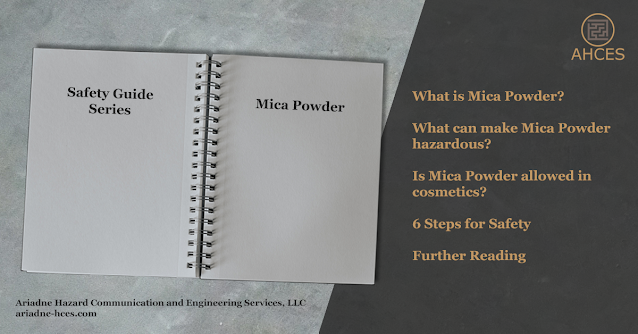DOT Hazmat Markings Guide
What is a DOT Marking?
Markings refer to both identification markings that are material specific, as well as a set of pictograms with special instructions not otherwise covered in the Labels or Placards section.
The regulations include specific fonts and sizes for letters and numerals, as well as specific pictograms and colors, for each Marking. The full text of the requirements can be found in 49 CFR Part 172 Subpart D.
How is a DOT Marking Used?
DOT Markings are used on all types of packages, both non-bulk and bulk, with different size requirements for clarity depending on package type.
Proper Shipping Name and Identification Number
There is a Proper Shipping Name and Identification Number. For each hazardous material, the proper shipping name and identification number can be found by looking it up in the § 172.101 Hazardous Materials Table.
For example, if you are shipping nail polish remover that is made from pure acetone, then you would use the Proper Shipping Name "Acetone" and the Identification Number "UN1090." It is important to use the standard identifiers, rather than a brand name or common name, for clear universal identification.
Technical Name
Some proper shipping names need an additional technical name added to them in parentheses. These names are the "not otherwise specified" or "n.o.s." names, which are more generic group categories on the Hazardous Materials Table.
For example, if you are shipping zinc oxide powder, then you would use the Proper Shipping Name "Environmentally Hazardous Substance, Solid, n.o.s. (Zinc Oxide)" and the Identification Number "UN3077."
This is because zinc oxide does not have a separate entry on the table but is still a hazardous material in some shipping circumstances, primarily transportation by waterborne vessel.
Special Permit Packaging
If a package is being shipped under the provisions of a special permit, then the package needs to be marked with "DOT-SP" followed by the special permit number. This allows the permit to be referenced to check for compliance.
Non-Bulk Packages Consignee's or Consignor's Name and Address
For non-bulk packages, the name and address of the sender of the package (consignor) or recipient of the package (consignee) must be clearly marked. There is an exception for packages that will be shipped by highway only with no transfer between motor carriers, or is contained within a larger bulk load whose entire contents is going to a singular consignee.
For most shipping services, the package will already have markings for the name and address of the consigner and consignee for other identification purposes.
Meanings of the DOT Pictogram Markings
 |
| This is a package orientation marking, indicating the upright orientation for a package containing a liquid hazardous material. |
 |
| This is a Limited Quantity Marking for non-air shipments. |
 |
| This is a Limited Quantity Marking for air shipments. |
 |
| This is an Elevated Temperature Material marking, used for the transportation of molten substances. |
 |
| This is a Keep Away From Heat marking, for substances that can react when heated such as organic peroxides and self-heating substances, resulting in special storage requirements. |
 |
| This is a Petroleum Sour Crude Oil marking, specific for crude oil which contains the toxic substance hydrogen sulfide. Note that this differs from the Class 6 Labels and Placards. |
 |
| This is a Marine Pollutant marking, used for substances harmful to aquatic organisms, and is used for transportation by waterborne vessels. |
 |
| This is a Biohazard or Infectious Substances marking. |





Comments
Post a Comment